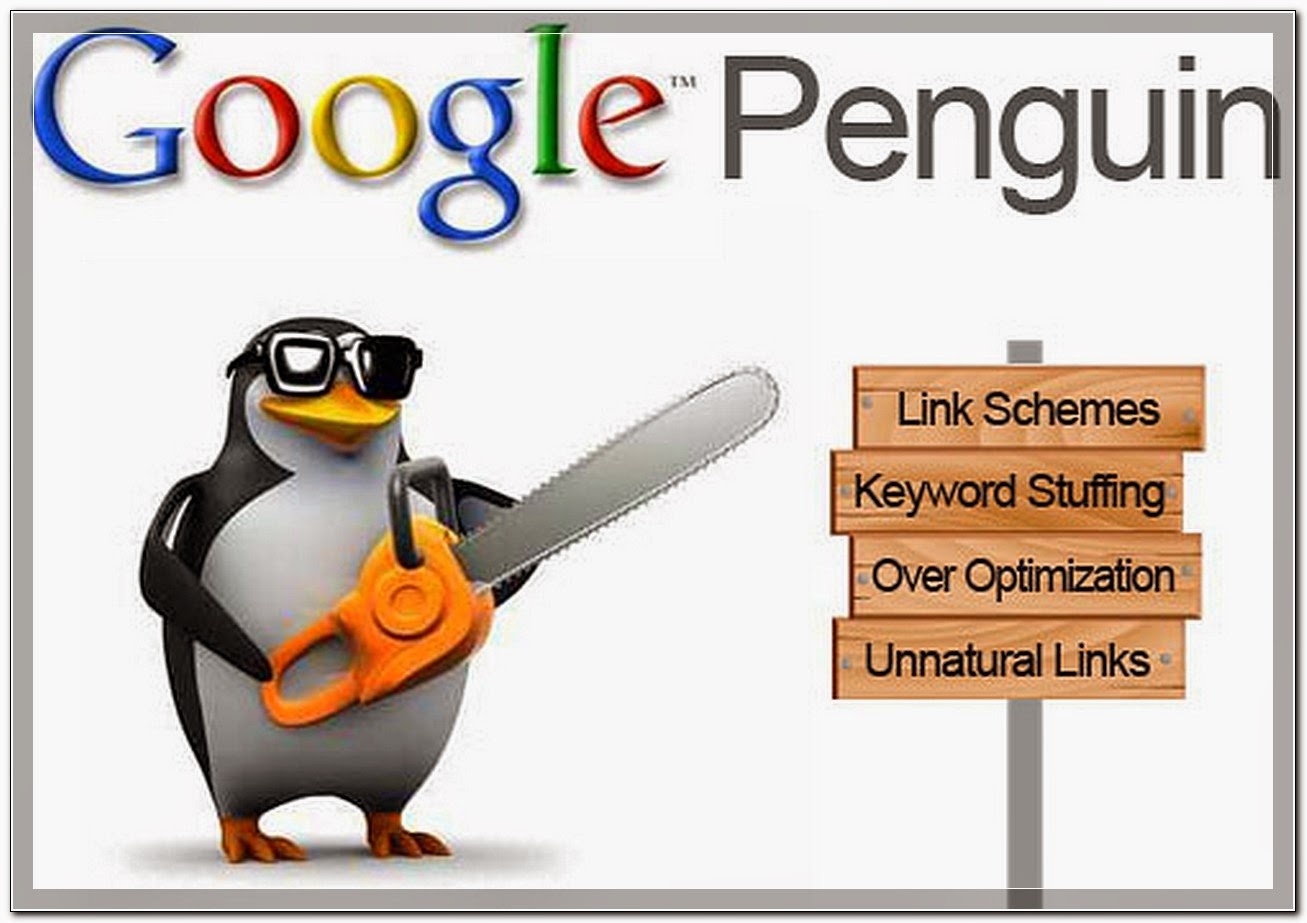Introduction
There are a number of ways a small company can fund a new project. Some of the well tried and tested routes can be slow or come with caveats that make them less than attractive in terms of time and effort it might take to secure a deal. This post is aimed at highlighting one of the less well known ones - completion bonds.
What is a Completion Bond?
A Completion Bond is a financial contract that insures a specified project will be completed even if the production company runs out of money or any other incident occurs during the production of the project. Completion bonds are used in many industries but have been particularly popular with major films and construction projects.
A common use of a completion bond is as part of a mortgage financing deal, and serves to protect both the mortgagor and mortgagee. A third party financier, a completion guarantor company, is typically brought in to provide the financial backstop in the event that original financing is insufficient to complete the project. This is also known as a completion guarantee.
Completion bonds are standard pre-project approach for any large project or complex projects involving large sums of money or multiple investors. They are a long-standing tradition in the entertainment business, where many variables can affect the completion of a large movie/game/TV project.
A third party guarantor will assess the risk to the projects completion and collect a premium for insuring the particular risks to a given project being completed on time, and on budget. Investors become much more likely to get involved, knowing that the project will be completed enough to be sold so they can recover their investment(s).
Completion Bond funding for Games [by Dan Marchant]
This is a funding model that is used in the film industry, which a number of publishers investigated as a possible method of funding entertainment software development. To date it hasn't really taken off in the main because the game development process is very different from the film production process.
Completion Bonds allows the publisher to defer their financial risk, the developer to secure funding for a project and the CB company to make a profit via a return on investment plus an agreed amount when the game is completed.
A publisher interested in an entertainment software title will sign a deal stating that they will publish or distribute the product on completion. With this guarantee that the product will get to market the developer secures a completion bond which will allow them to fund the development to completion. In some cases the deal give the CB finance company the rights (or obligation) to take over the project if it does not meet required deadlines in order to ensure it is completed. On completion the publisher pays the CB company back their investment, plus an agreed profit.
The pros are that the publisher has no financial exposure until the project is completed, the developer has a secure source of funding and the CB company gets a guaranteed return on their investment. Of course all of this is subject to the projects being successfully completed. The cons are that it is very difficult and time consuming to secure CB funding. The funding model is also rather inflexible, which can have a serious (negative) impact on development if design or technology changes become necessary during development. Unlike the film industry the entertainment software industry is still in a state of rapid technology development. This makes even the best planned project subject to alteration, which in turn requires a very flexible and quick reacting funding model.
Completion Bond Funding for Films [By BMS]
A film completion bond is a written contract that guarantees a motion picture will be finished and delivered on schedule, within budget and according to an agreed script, it does not, however, guarantee the quality or success of the film.
Most independently financed films, including many that are released and distributed by the major studios, require a completion bond to satisfy the lending bank. They are needed because a completion bond company’s balance sheet is usually quite small, so they need to go out to the market for the capital and then the insurance required to collaterise the guarantee is issued by the completion bond company.
The technical structure of a film completion bond is an X/L treaty structure, with facilitative cover for big budget films this is achieved through markets in Bermuda and Europe, as well as London. Film Finances retain the first $500,000 but this is fronted to satisfy the banks and the X/L treaty structure is made up of six layers.
One of the largest limits completed to date, $120m is in respect of each of the final two Twilight films. Other examples of interesting films bonded by Film Finances include; Four Weddings & a Funeral (1994), Pulp Fiction (1994), Phantom of the Opera (2004), Borat (2006) and Oscar winning The King’s Speech (2010).
Opinion
Finding funding is hard. Creative projects often start with a negative against them as many investors see them as nearly pure risk. With that in mind those companies seeking funding need to work every option until it doesn't work. Completion Bonding is not a simple or straight forward solution to funding a creative project but clearly some projects do get off the ground on the basis of a completion bond so in the right circumstances it is the right solution.
The other thing to note that even if a completion bond is an option for your project, it doesn't come in as cheap money. If the terms of the bond are not negotiated carefully and expert opinion sort then it might be impossible for the bonded project to make money regardless of the delivery.
Lastly, the bonding community is closer to banking than it is to the creative sector so be prepared for a good lack of understanding if your project is cutting edge or a little wacky!

